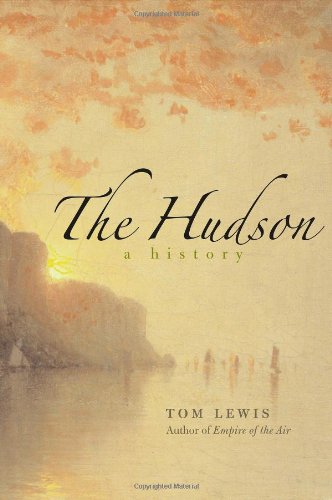
The Hudson
A History
- اطلاعات
- نقد و بررسی
- دیدگاه کاربران
نقد و بررسی

October 3, 2005
Lewis (Empire of the Air) examines the Hudson River region in nine short chapters that provide a pleasant read-but not a complete history-of the river. Discovered by European explorers looking for the "Northwest Passage," a fabled shortcut to the wealth of China, the area was passed back and forth between the Dutch and British for several centuries until Britain finally secured control via treaty in the late seventeenth century and maintained its hold of the area and its strategically valuable deep water ports until the American revolution. While much of this is well-known, Lewis has mined the archives for less familiar vignettes of colonial life, including the stories of the first American woman naturalist, Jane Colden, and Amos Eaton, the founder of Rensselaer Polytechnic Institute. However, Lewis barely touches on or bypasses major events (wars, for instance, are given only cursory mention), making this less a comprehensive history than a collection of essays on topics that, while relevant to the Hudson's history, seem to be picked at random. Thus, there is a chapter on the invention of steamboats, another on the Hudson River school of American art, and another on the rise of environmental consciousness. Lewis writes well, but readers piqued by this spotty history will be left wanting.

October 15, 2005
The Hudson is regarded by Lewis (English, Skidmore Coll.; "Empire of the Air: The Men Who Made Radio") as a river of utility, individuality, community, and symbol. After a short discussion of its geography, he provides an overview of its place in history, pointing out that his book is not comprehensive but, rather, a survey of the most influential people and events associated with the river. The stories told here cut across the territorial, military, industrial, social, and cultural history of the United States. Lewis begins with explorers such as Henry Hudson and details the role of the Dutch East India Company in the early colonization of the region. During the American Revolution, the Hudson River valley was strategic to victory: Washington maintained strong Continental forces there, and Benedict Arnold's betrayal took place there. By 1825, the Erie Canal connected the Hudson with Lake Erie, and thus the coast to the interior, a route later made obsolete by the railroads that ran along the Hudson's shoreline. Washington Irving's writings and Thomas Cole's paintings gained inspiration from the Hudson River valley. Franklin Delano Roosevelt found it was a pleasant refuge from the stress of his office. For any public or academic library needing a short history of the region, this is a readable book that might fill a hole in the collection. (Index not seen.)" -Grant A. Fredericksen, Illinois Prairie Dist. P.L., Metamora"
Copyright 2005 Library Journal, LLC Used with permission.

October 1, 2005
A historian of the interstate highways (" Divided Highways," 1997), Lewis here sifts through the thick layers of Hudson River history. Avenue of explorers, battlefield for empires, easel for artists, and dump for industry--the waterway has been a stage for epics since its namesake dropped anchor in 1609. Lewis opens, however, with the odd fact that the Hudson's source was not determined until the late 1800s; there was too much moneymaking happening downstream to bother with such trivia. The Hudson as a cockpit of capitalism began, of course, with the Dutch settlement of New Amsterdam at the river's mouth, and over time mercantile victors from the Livingstons to the Vanderbilts dotted the river's bluffs with their mansions, which are still tourist attractions today. The incomparable beauty of the Hudson Valley, somehow surviving the effluent poured into it, connects the individuals and events appearing in Lewis' chronological story, becoming explicit when he takes up the famously ethereal Hudson school of landscape painting. Spanning armies and aesthetics, the versatile, fluid Lewis writes with affection for the river and its history.(Reprinted with permission of Booklist, copyright 2005, American Library Association.)




دیدگاه کاربران